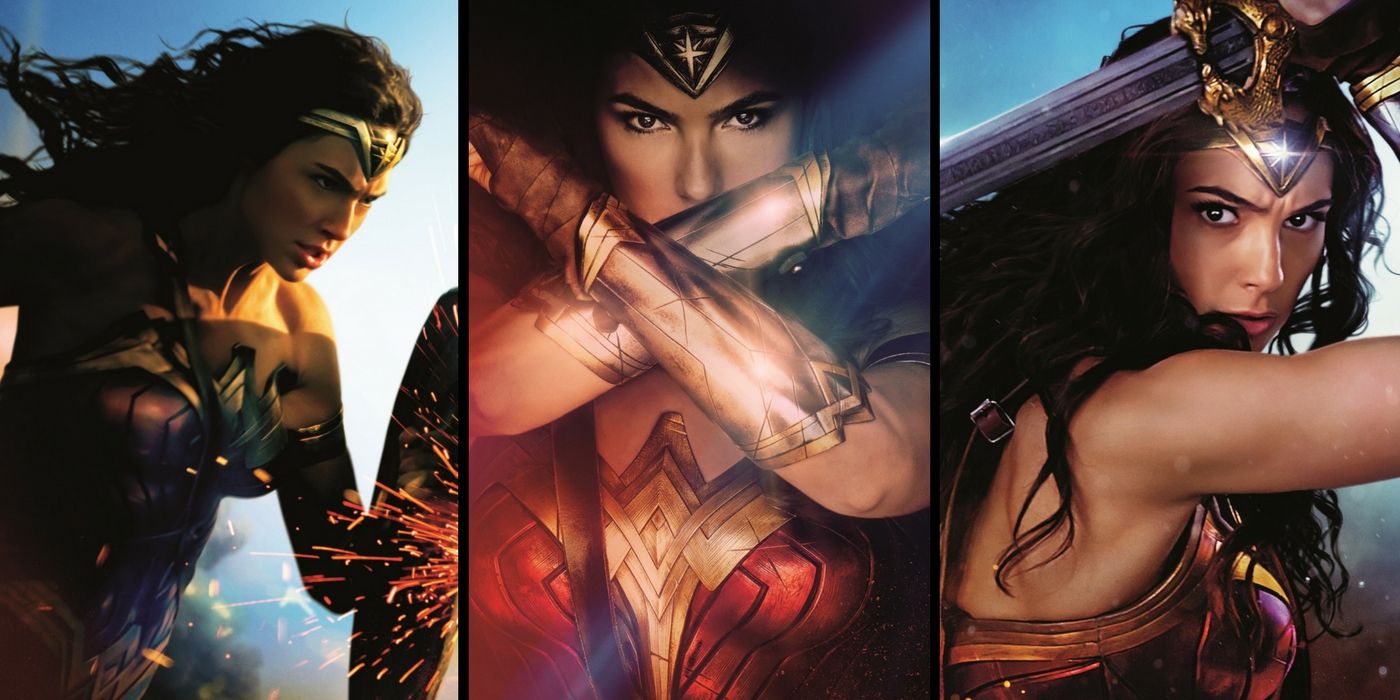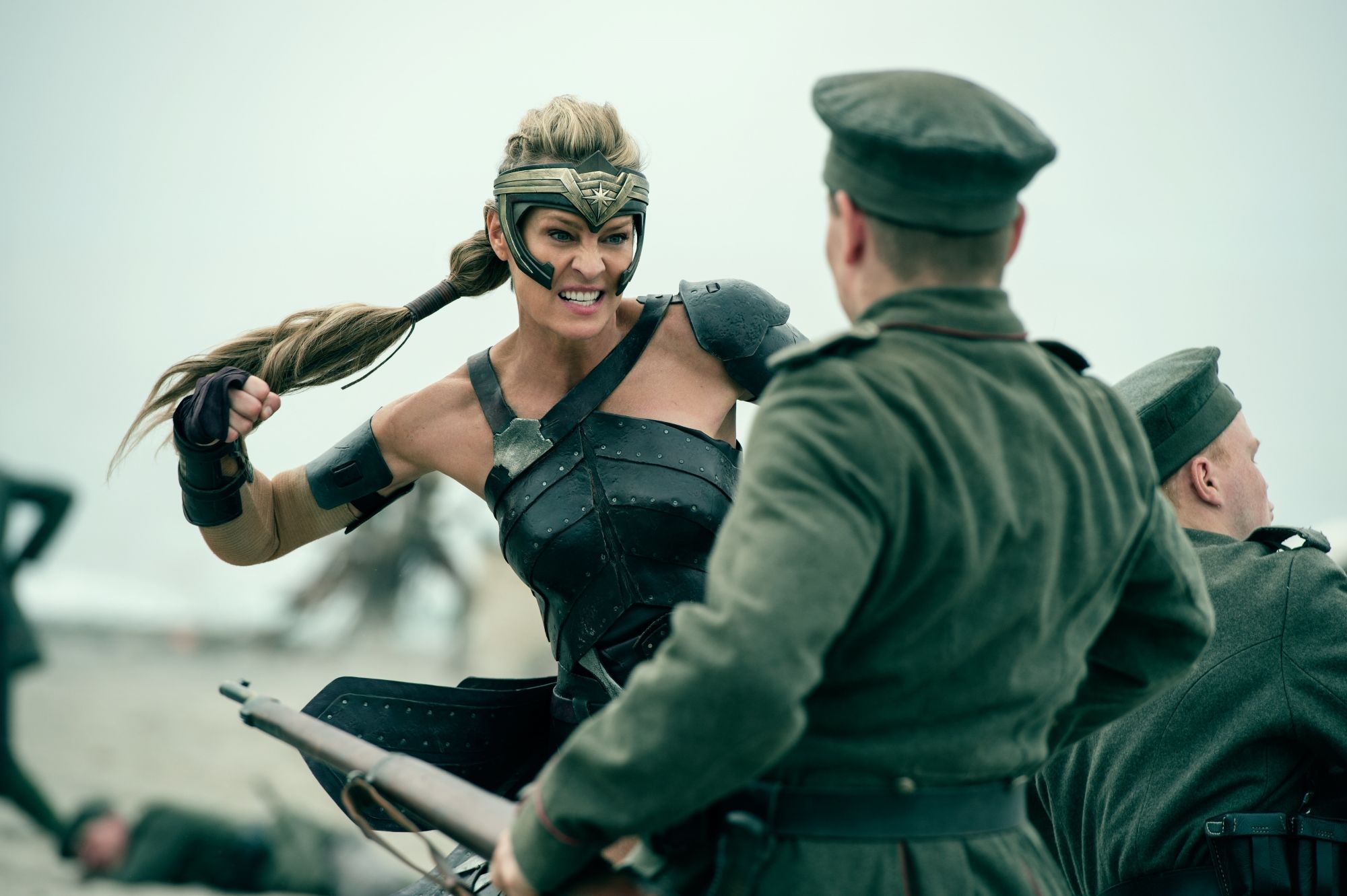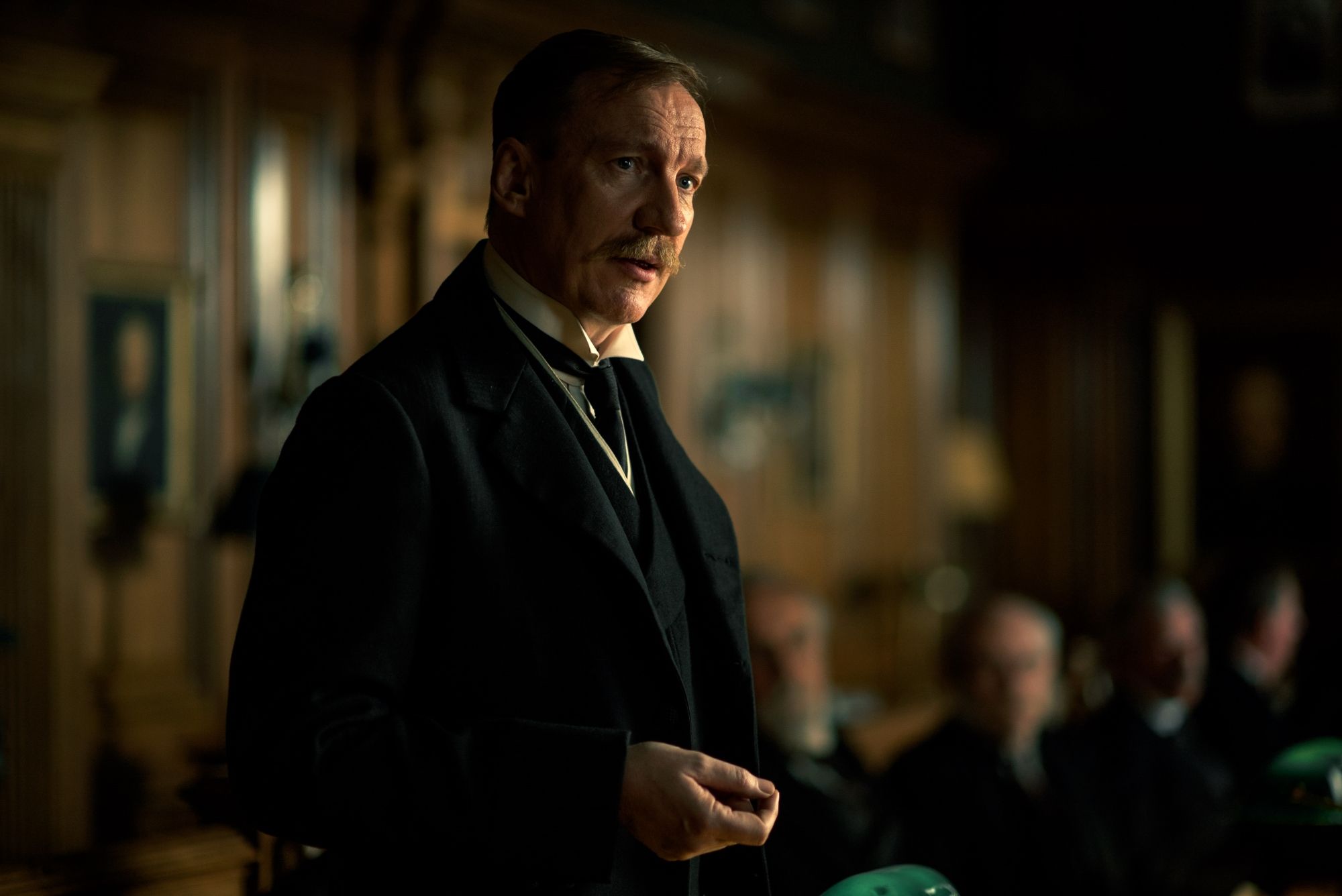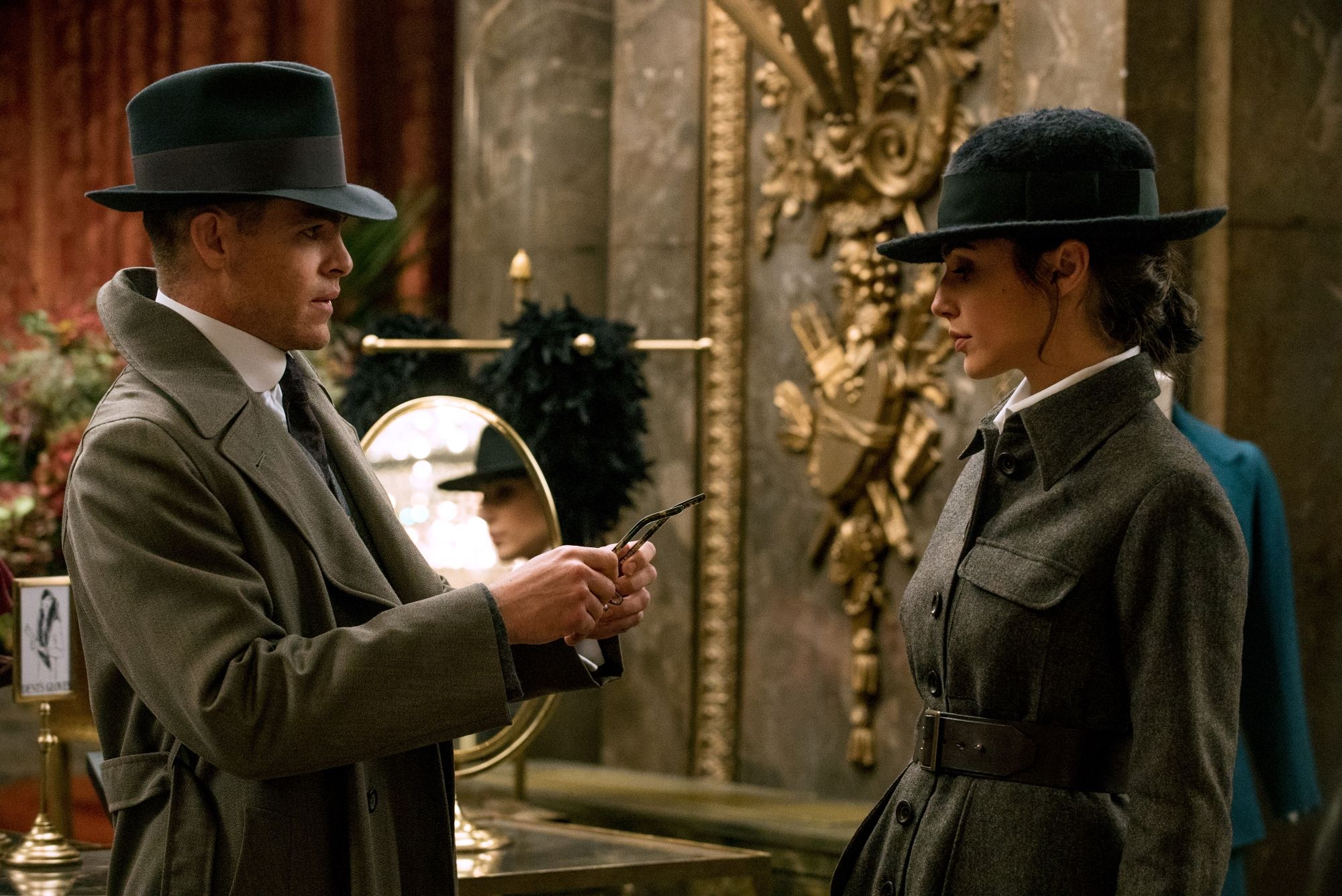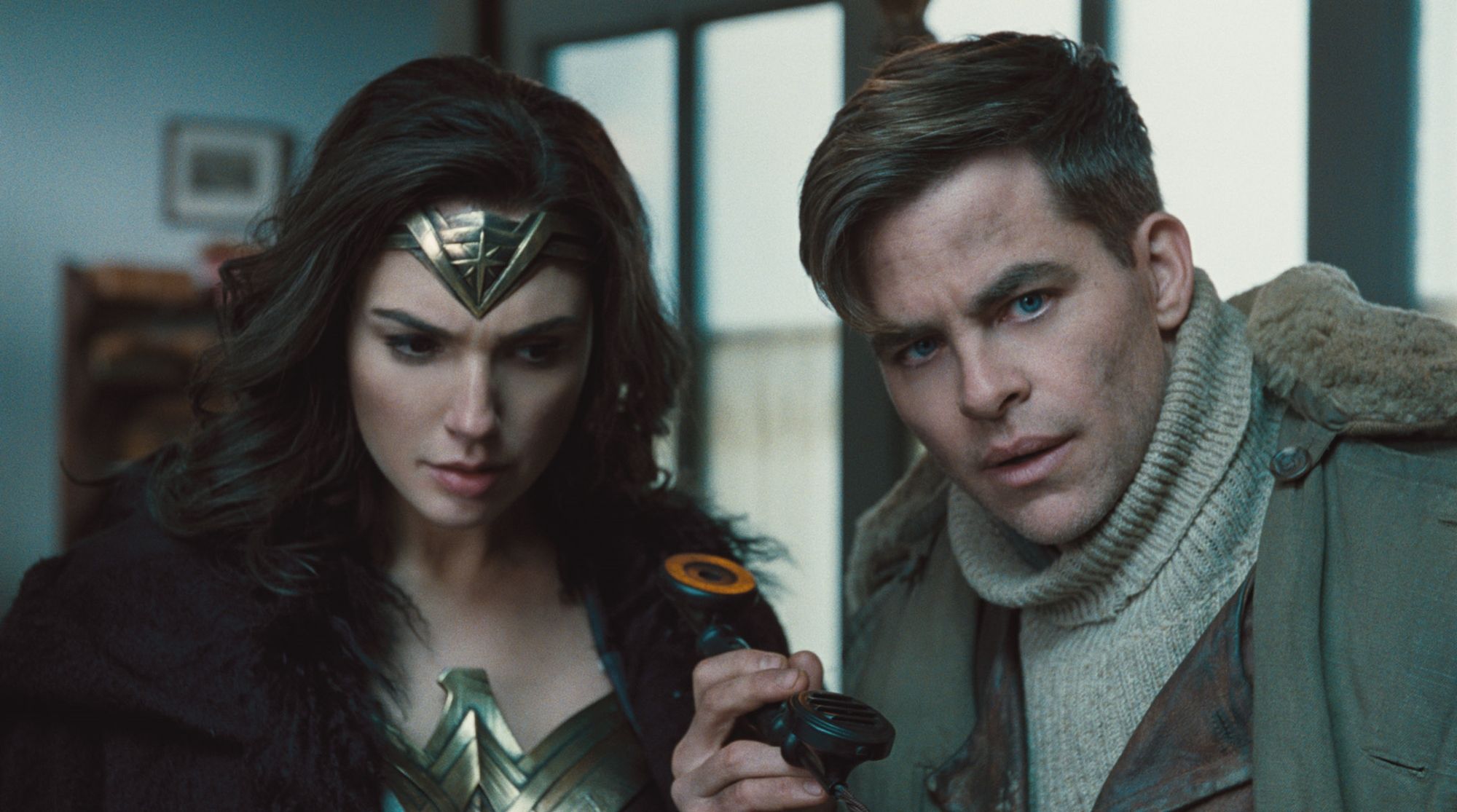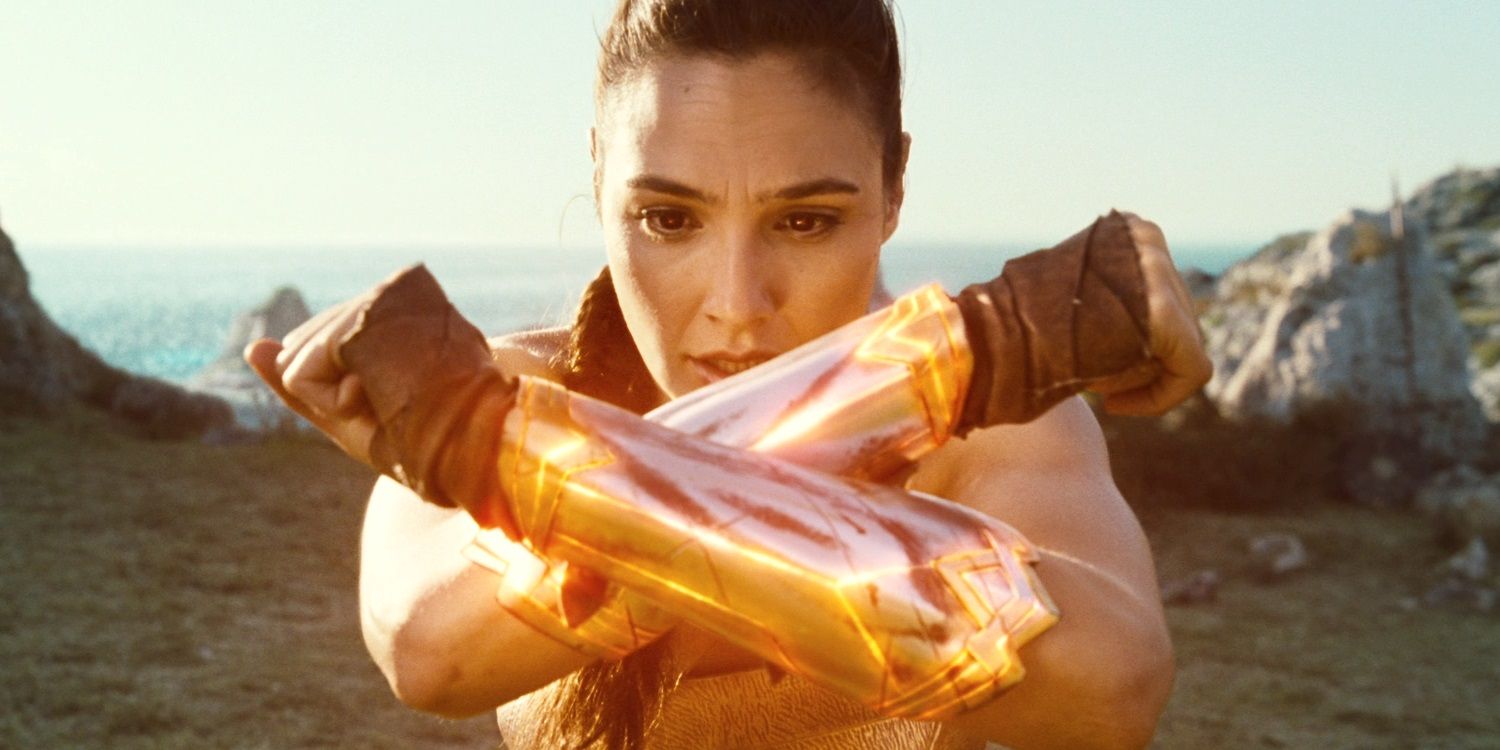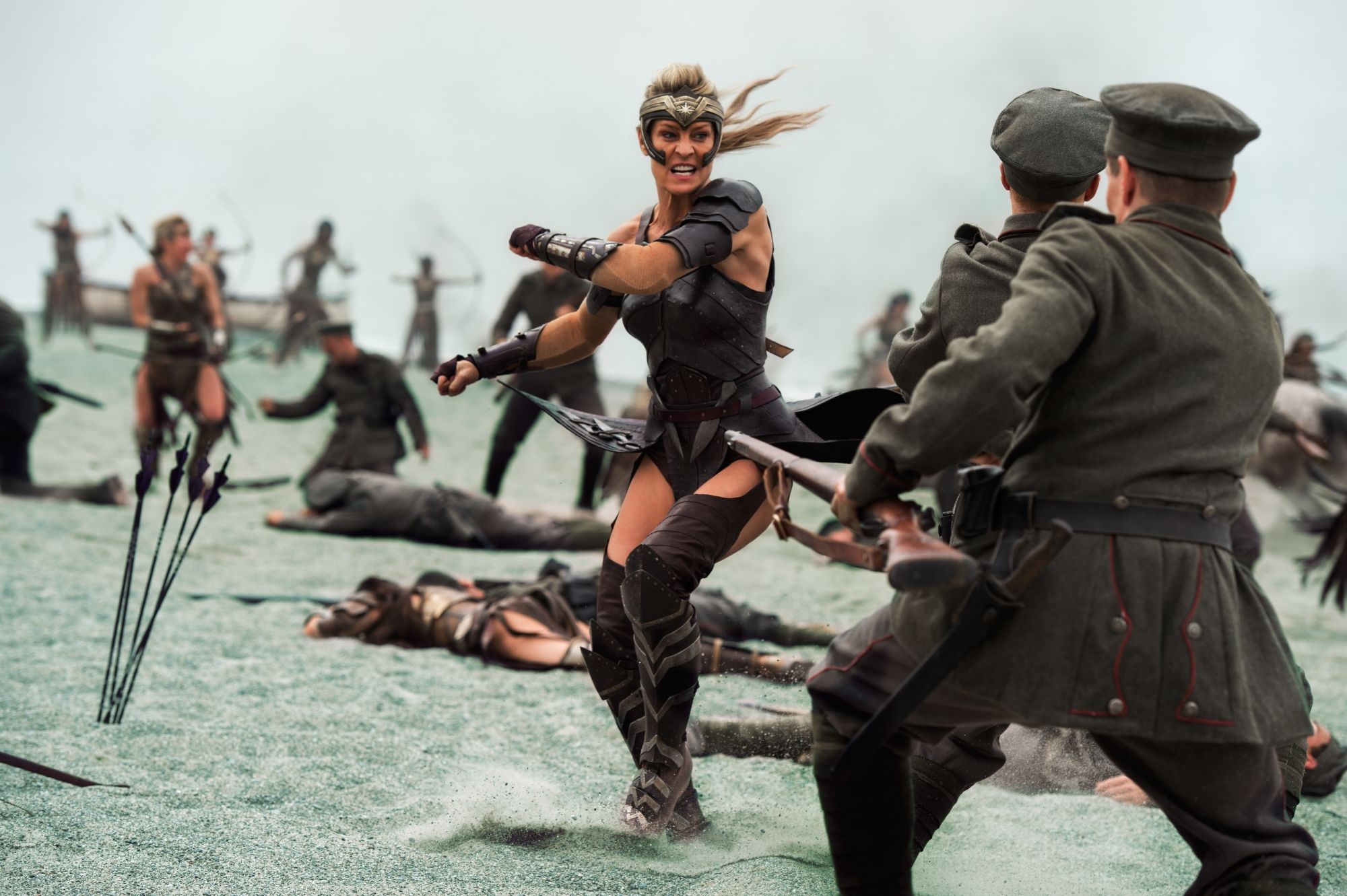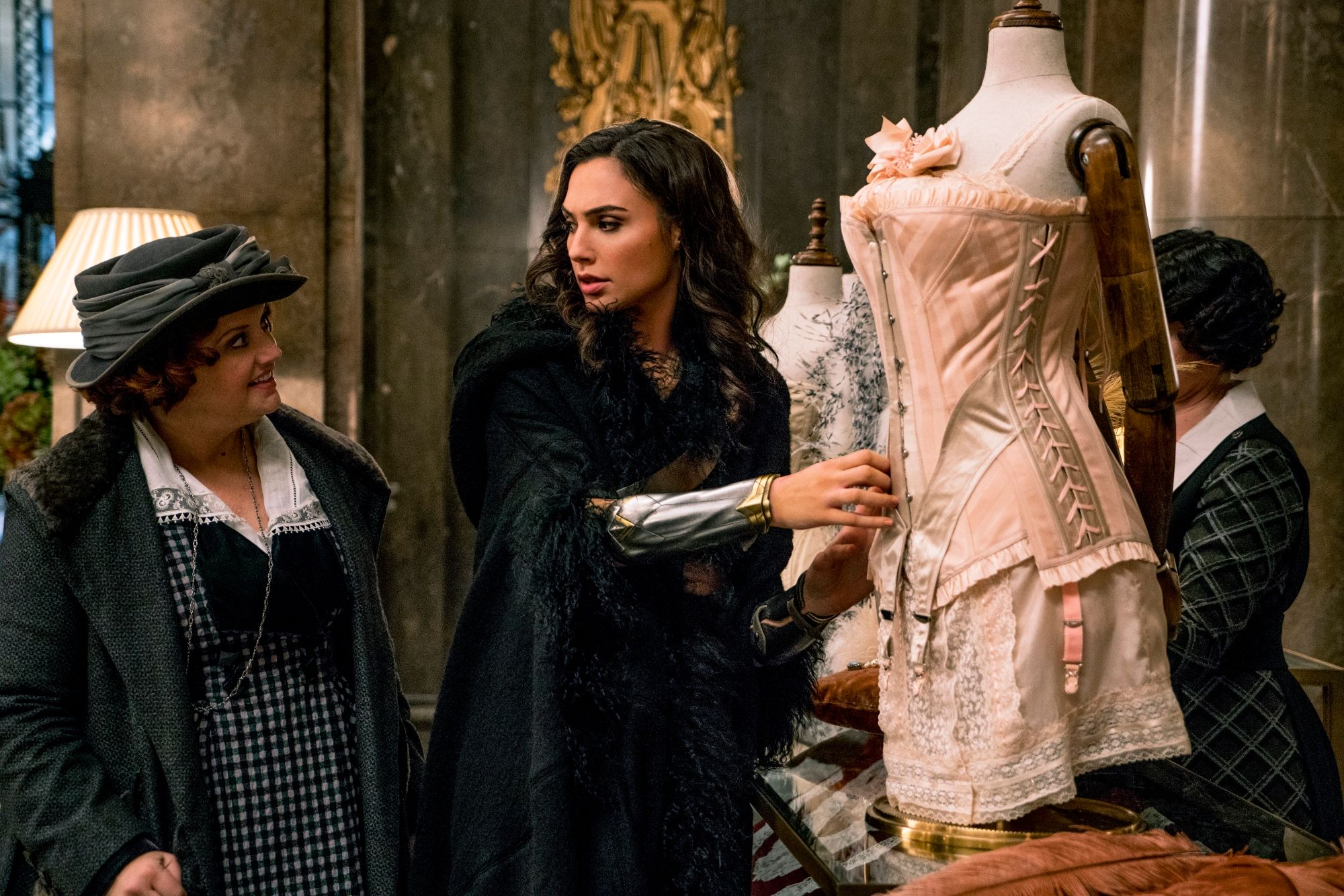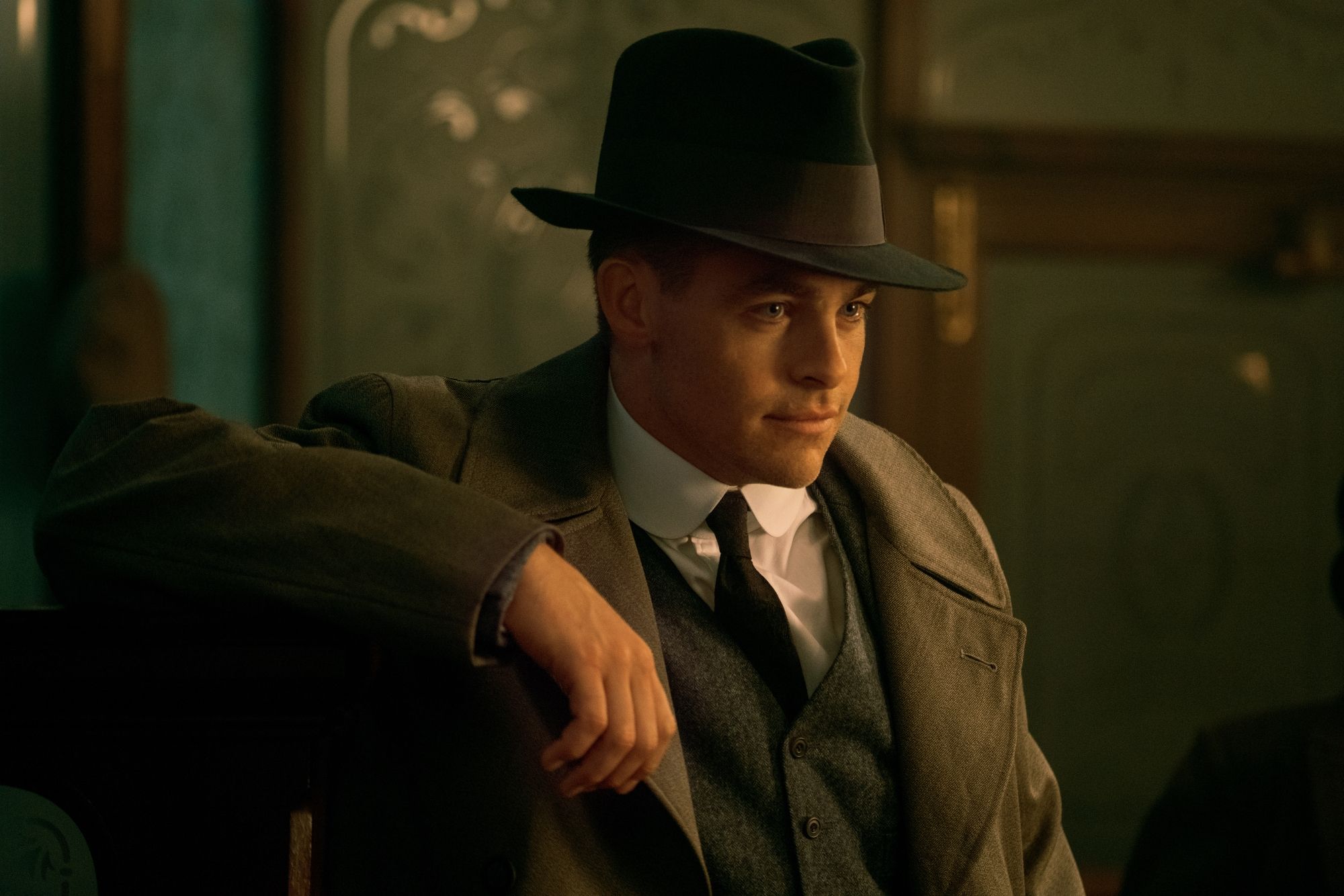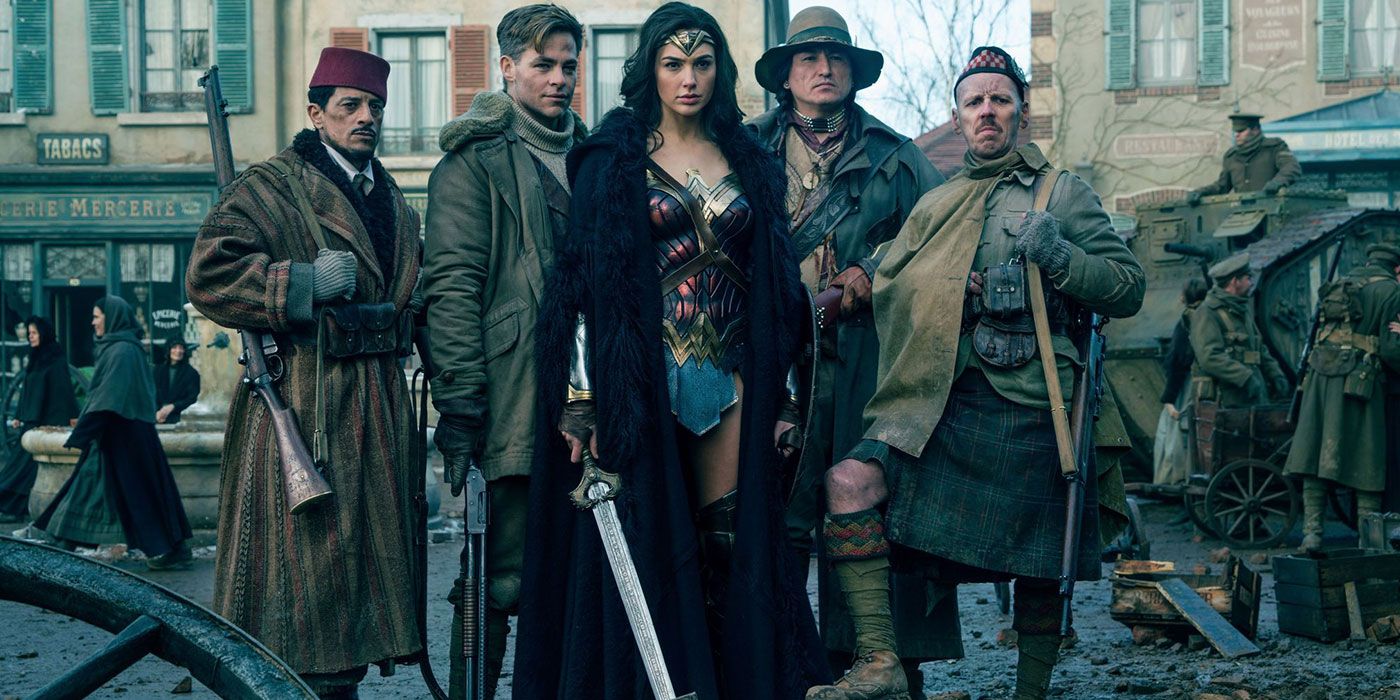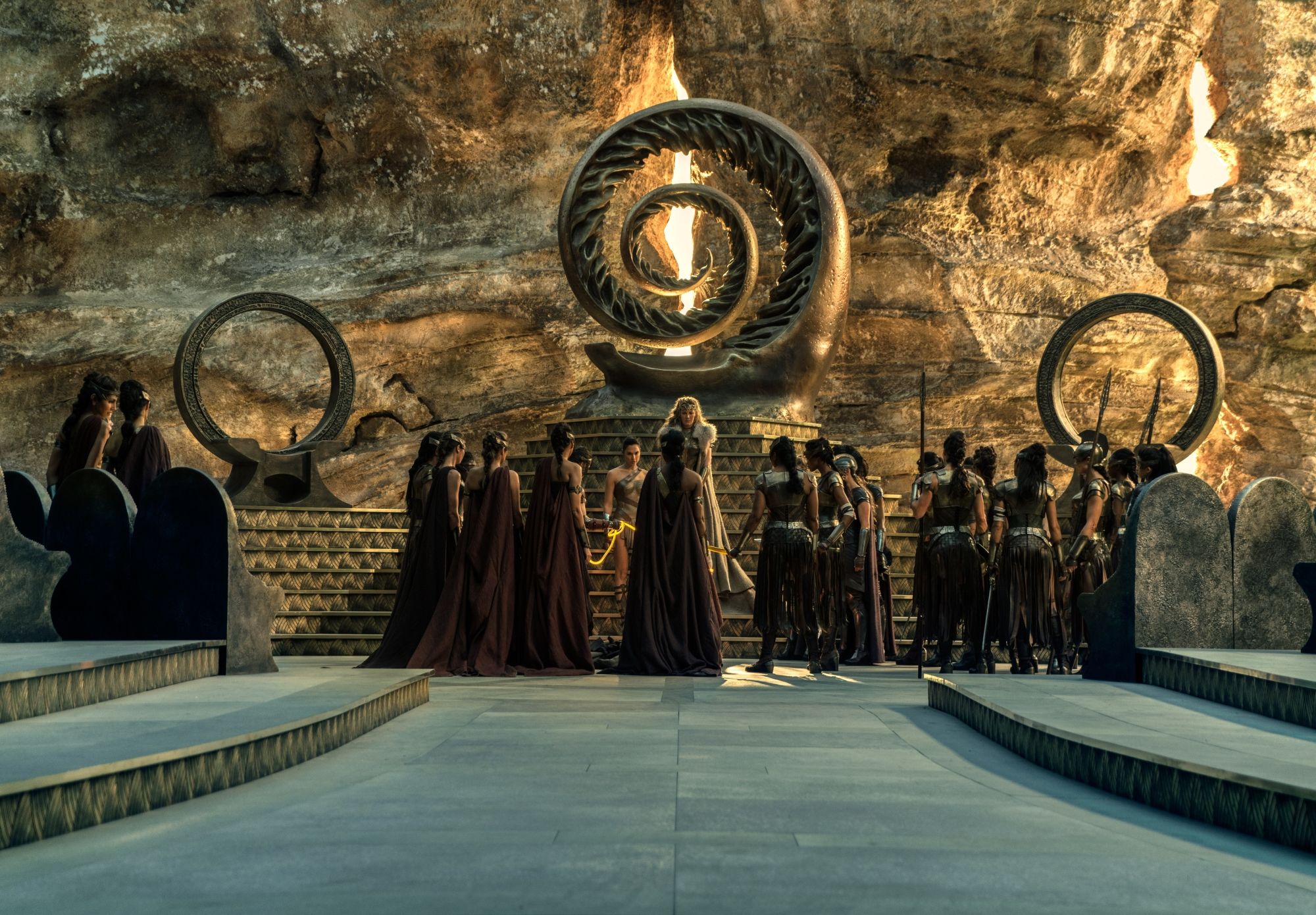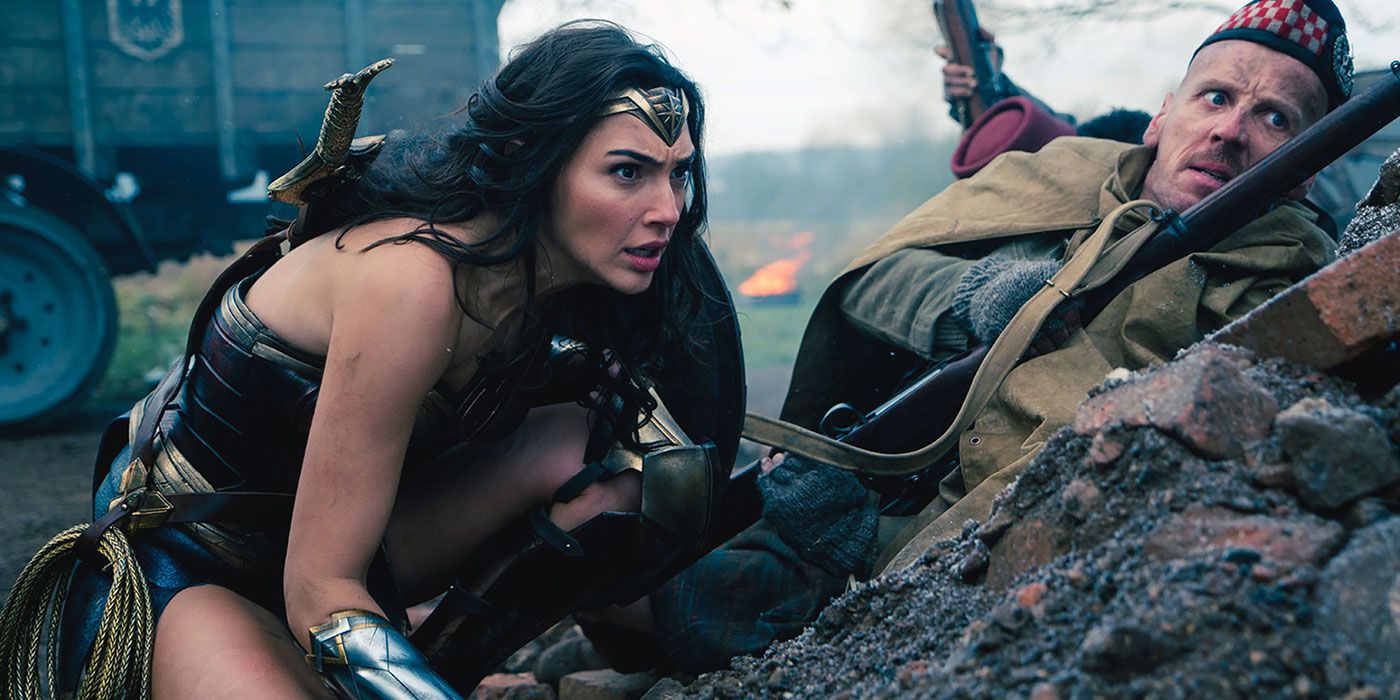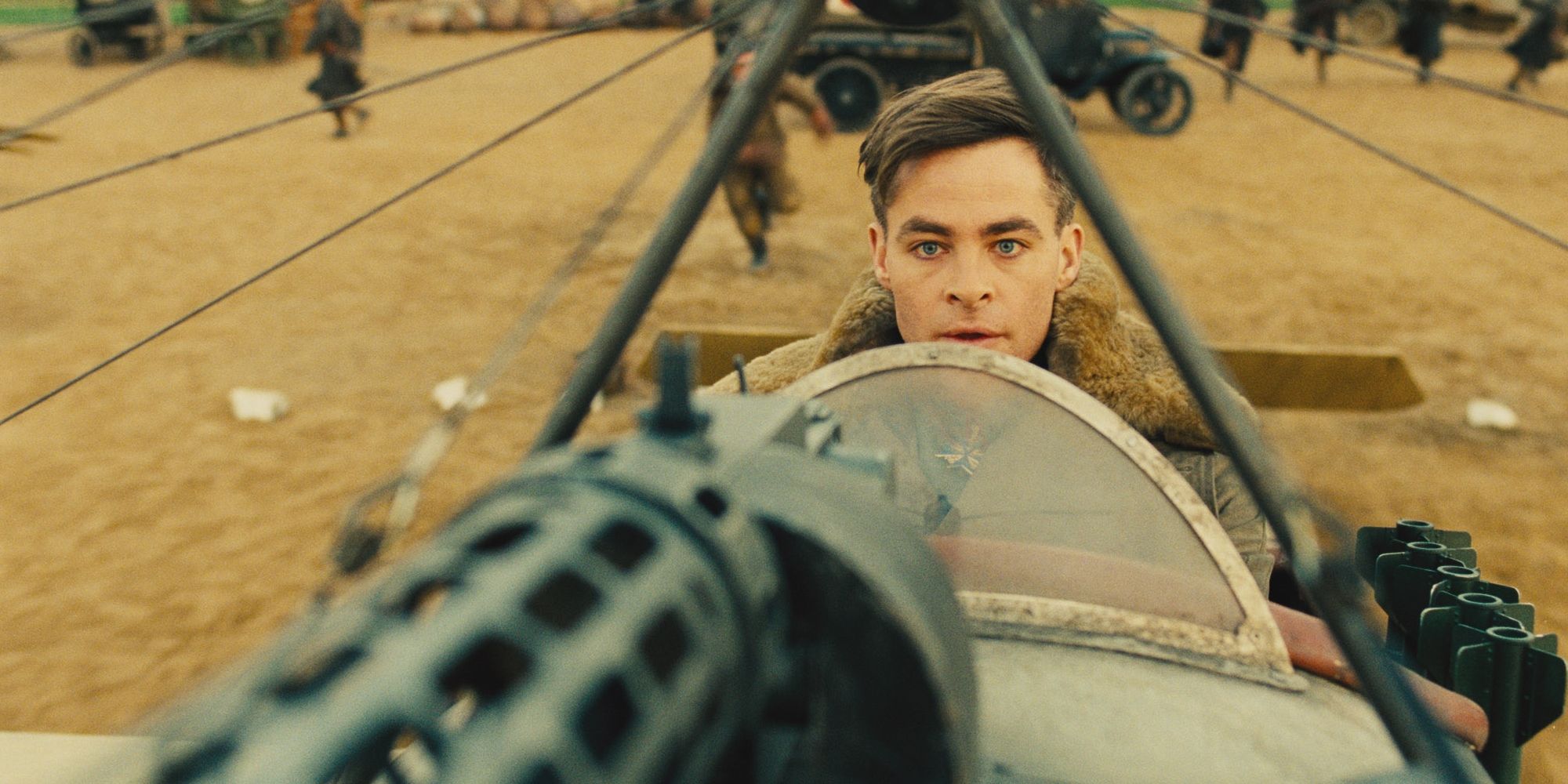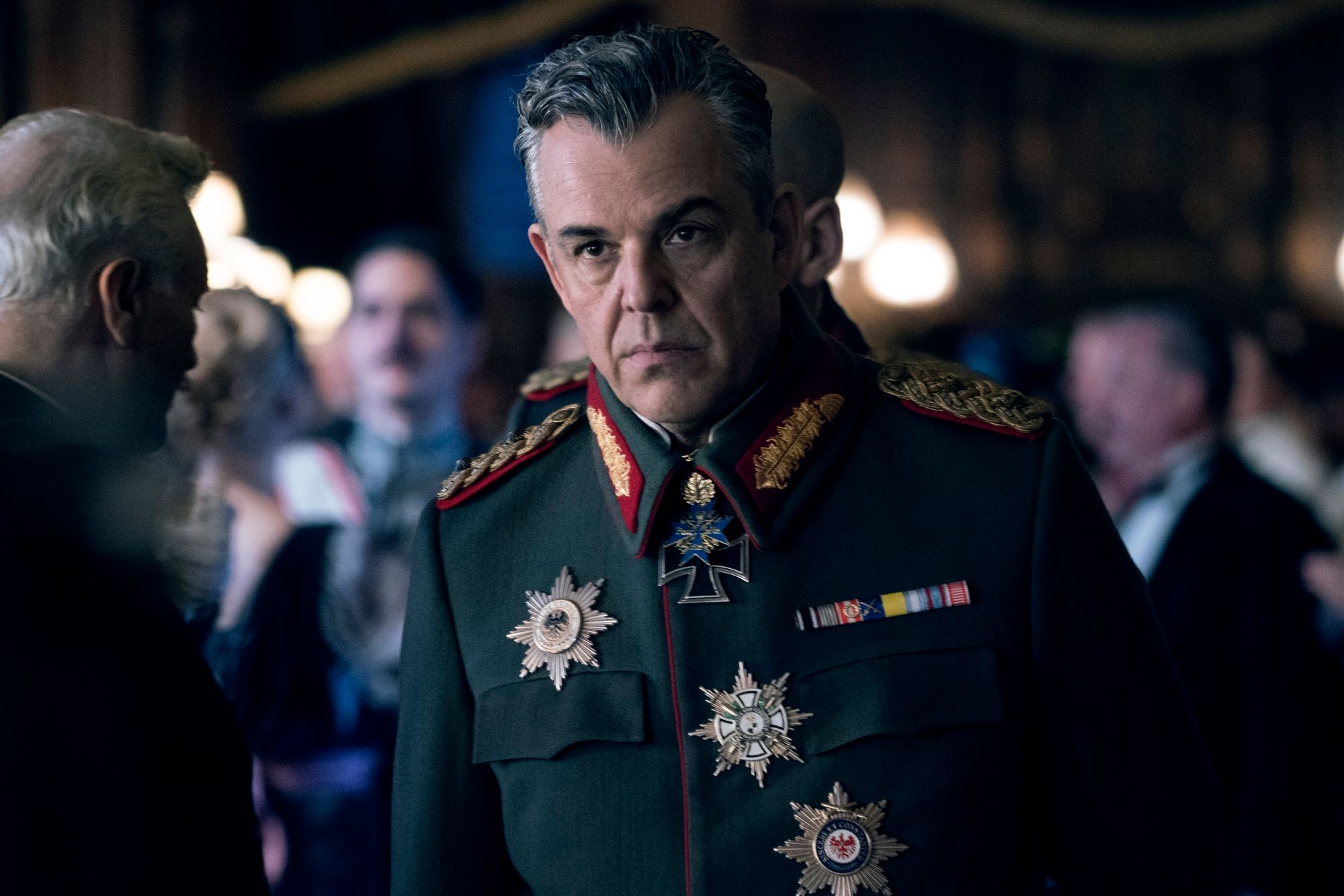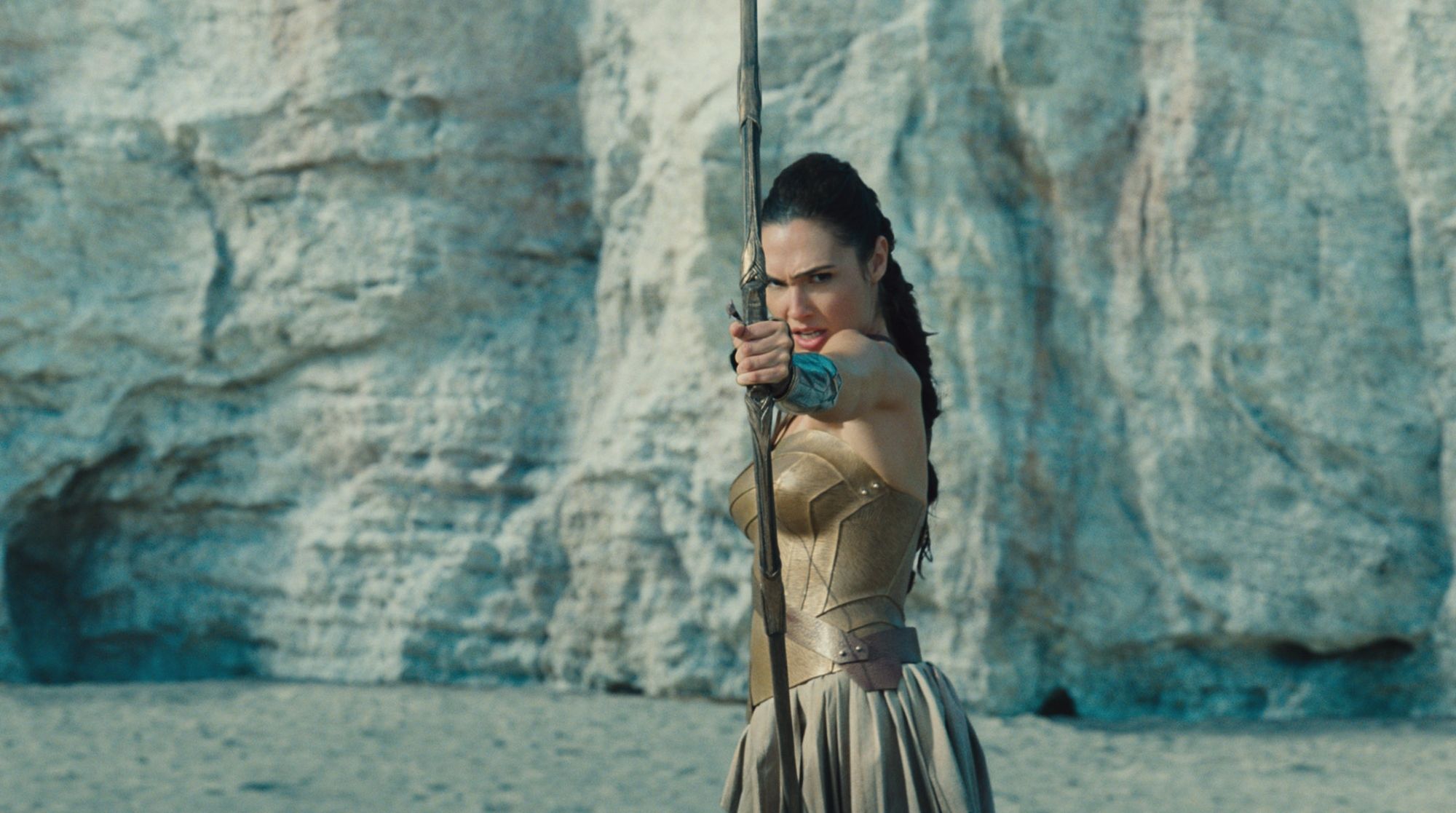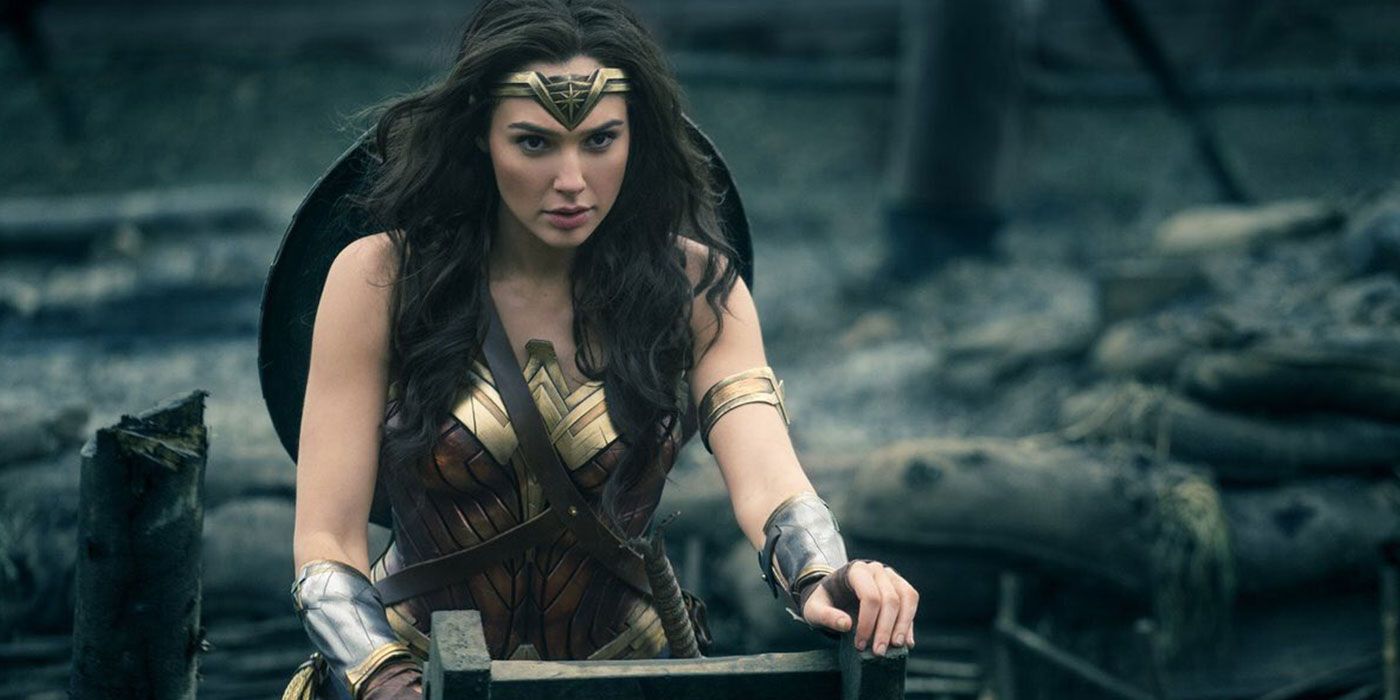Wonder Woman is defying the odds, in more ways than one. Hollywood spent decades shelving female-driven superhero movies because executives were sure they wouldn't make money. Meanwhile, Wonder Woman took in over $100 million in its opening weekend, which was more than Doctor Strange or the first two Captain America movies earned in their opening weekends. Plus, Wonder Woman now holds the record for the biggest opening weekend for a movie directed by a woman, which was previously held by Fifty Shades of Grey. In terms of critical success, Wonder Woman has been much better received than any other DCEU movie so far. Not too shabby for a movie that was considered a gamble.
RELATED: Wonder Woman: 15 Comics You NEED TO READ After Seeing The Movie
How did Wonder Woman vault so far ahead of her male counterparts? Part of the reason for the movie's success is that it failed to follow the more common superhero movie formulas we have seen in the last 10 years. Marvel, for instance, has trained audiences to expect a certain style and a certain combination of variables, like witty banter, self-sacrifice, high-tech weapons and, most importantly, men who are men and women who are just secondary characters. Here are 15 superhero movie tropes Wonder Woman didn't fall for.
WARNING: The following list may contain spoilers for the Wonder Woman movie.
15 NO BIKINIS ALLOWED
Diana Prince was raised on Themyscira, the island where the only inhabitants were Amazon warriors. There wasn't a single man in residence on Themyscira, only women who were expert archers, fierce fighters and talented riders. Diana was required to train hard for combat with the other women, including the toughest of them all: General Antiope.
What Themyscira didn't have was an island full of bikini-clad women posing in seemingly inexplicable ways that would allow the camera to shoot some, shall we say, interesting angles. Think Raquel Welch and her lady friends in Once Million Years B.C. Themyscira wasn't portrayed as a sexed-up, all-female Sandals resort, gratuitous steaming bath scene included. Instead, Themyscira was just a place where a group of skilled warriors lived in peace, and prepared for the day when men would ruin their idyllic way of life.
14 THERE CAN BE ONLY ONE
A popular superhero movie trope of late is to introduce a second, bigger enemy after the main enemy is defeated. For instance, in Batman v Superman, Lex Luthor was handily defeated by the combined efforts of Batman and Superman, but the movie didn't end there. Instead, Lex created Doomsday and yet another battle ensued. Likewise, in Suicide Squad, the team thought they were only up against Enchantress, but realized she had invited her big, bad brother to the party.
Thankfully, Wonder Woman didn't try to create endless fights by introducing a second, worse foe for Diana to battle. Of course, she defeated who she thought was the enemy, only to discover her true enemy was someone else. That, however, was a plot twist, not just a gratuitous monster thrown into the mix.
13 CHECK THIS BOX IF 'YES'
Everyone knew Steve Trevor and Diana Prince would fall for each from the moment they bought their movie tickets. After Wonder Woman was introduced in 1941 in All-Star Comics #8, Steve Trevor became her love interest. He was the downed pilot she rescued, then nursed back to health disguised as Wonder Woman. In Wonder Woman, very little about their meeting changed.
What's refreshing in this movie is that the two of them don't spend scene after scene staring into each other's eyes, or carrying on an embarrassingly awkward conversation. Even when the two of them are discussing the pros and cons of a man's role in a romantic relationship, Diana and Steve are very frank, avoiding any blushing or stammering that usually accompanies a conversation about men and women in blockbuster movies.
12 SHUT UP AND KISS ME
Speaking of romance, Wonder Woman manages to avoid another common trait of romantic developments in movies. Usually, when a man and a woman finally decide to do something about their feelings for each other, they engage in an awkward, cutesy dialog that announces they're about it get it on. What's even more cringe-worthy is that, usually, the woman finds some way to apologize for wanting to have sex.
Not so in Wonder Woman, thankfully. After a blood-roiling battle scene, Steve finds his way to Diana's room. When he walks in, Diana locks her gaze on him, and the two of them know exactly what the other one wants. No one has to apologize for wanting sex. No one bothers with goofy, polite conversation. They simply go for it, like they adults they are.
11 PAPA DON'T PREACH
Audience members who weren't aware of Wonder Woman's origin story may have been taken aback to learn that she is the daughter of Zeus. Thanks to her godly parentage, she possesses power and strength even beyond that of her sister Amazons. Furthermore, she is only able to defeat Ares because she is the daughter of Zeus.
Although Queen Hippolyta and Antiope hint that there's something different about Diana, they don't let slip exactly what that is. Usually, a secret that important in a movie is broadcast to the audience long before the climactic scene, which renders that secret a little less interesting, a little less powerful. Keeping Diana's true heritage a secret until the end made it even more of a bombshell. Plus, it was more traumatic for Diana and the audience because the news came from her enemy, Ares.
10 YOU FIGHT LIKE A GIRL
A common Hollywood movie trope is that, if a woman is strong, she also looks very butch. There's nothing wrong with a woman who looks butch, but being strong and feminine are not mutually exclusive ideas. Too often a woman who looks more like a man is the punchline to a joke, rather than a fully realized character, which is insulting to the actress and the audience.
Wonder Woman avoids even a whiff of that kind of nonsense. The women on Themyscira are strong and feminine. Of course, they have muscles, as anyone who spends their day riding horses and swinging swords would. But that doesn't mean they're overly large or have baritone voices. They would look just as comfortable in a Calvin Klein mini as they do in leather body armor.
9 EXTREME MAKEOVER
Think about feature films that star a woman. At some point in almost every one of them, there's a makeover montage that's accompanied by a faux-feminist pop song. Easy A, Thelma & Louise and Carrie are all movies in which a makeover is very important to the main female character, even though their looks have nothing to do with the main plot.
Wonder Woman not only forgoes the typical makeover scene, but also turns the trope on its head. Etta takes Diana shopping for new clothes, not to make her more beautiful or to catch a man's eye, but to do the opposite. Steve wants to hide Diana's beauty so she doesn't attract the wrong kind of attention. Diana emerges from the dressing room in a very sensible ensemble, rather than being Spanxed and stilettoed within an inch of her life.
8 MY PLUS ONE
For decades, actresses in Hollywood have griped about the dearth of well-rounded parts for women. They complain that most roles for women are just the girlfriend or just the wife of the leading man. Even when a woman lands a juicy role in a good movie, she's still boxed into a stereotypical role, like a stressed-out mother or a jealous lover.
Steve Trevor could have easily been "just" the boyfriend in Wonder Woman. However, thanks to writer Allan Heinberg, director Patty Jenkins and actor Chris Pines, Steve Trevor was a three-dimensional character with his own goals and his own motivations. He served a more important purpose than simply moving the plot along for Diana. His backstory was interesting and his status as a partner to Diana was as an equal, not a "plus one."
7 TIME IS ON MY SIDE
One of the main criticisms of Suicide Squad was that too many superheroes were crammed into one movie. By having so many characters, Suicide Squad had to spend at least a little bit of screen time on the lesser-known superheroes, like Katana and Killer Croc. The result, however, was that not enough time was spent on the main characters, the ones the audience really wanted to see, like Harley Quinn and Deadshot.
Wonder Woman avoids that trap by keeping background characters in the background. Sameer, Charlie, Etta and The Chief each have a few moments to themselves, but the creative team wisely spent most of the screen time on Wonder Woman and Steve Trevor. They assumed, rightfully, that the audience was smart enough to fill in the blanks for each character by showing just enough of their personalities.
6 ALL THAT GLITTERS IS NOT GOLD
When a director has a big budget for special effects, it's easy to assume that automatically means the movie will be spectacular. However, like a kid in a candy shop, the director must spend her budget wisely or the result will be nauseating. A director could easily let the movie's CGI try to tell the story, when it's only function is meant to be set dressing.
Jenkins used CGI in Wonder Woman very deftly, allowing to inform, rather than overshadow, the movie's story. Both Batman v Superman and Guardians of the Galaxy, Vol. 2 were accused of CGI bloat, which detracted from the movie's main plot, as well as its superheroes. Wonder Woman is full of CGI, of course, but it never takes the center stage away from Diana.
5 THE DARK SIDE
Fans who were unfamiliar with Wonder Woman's origin story may have been upset to discover that the movie's setting was World War I, rather than the fictitious city of Metropolis or even 1970's Washington, D.C. The movie is set during World War I because it was the first time long-range weapons were used, which allowed snipers and bombers to achieve mass destruction without the bother of being emotionally affected by their victims.
Diana's mission is to promote world peace, which she finds nearly impossible to do in the face of cold mass killing. The audience accompanies her on her journey through dark and grisly times, coming face to face with man's inhumanity to man. Wonder Woman doesn't shy away from exploring the darkest parts of the human psyche, while Marvel, for example, spends scant time on unhappiness.
4 WHO WANTS TO LIVE FOREVER?
How many times did someone come back from the dead in Suicide Squad? Twice, at least, when both the Joker and Harley Quinn seemed to die, then didn't. In Avengers, Tony Stark seems to sacrifice himself, only to spring to life when the Hulk roars at him. Similarly, in Captain America: Civil War, War Machine seems to fall to his death, only to show up in physical therapy at the end of the movie.
When a superhero movie does a take-back on someone's death, it loses some credibility. The stakes are automatically lowered when the audience knows death isn't necessarily the endgame. Plus, the audience feels just a little betrayed when a character is resurrected through some loophole in the plot. Wonder Woman sticks to its guns when Steve Trevor dies. Diana uses his death as motivation, and the movie is more emotionally powerful for it.
3 M. KNIGHT SHYAMALAN WOULD BE PROUD
Superhero movies rarely have big plot twists. The point of a superhero movie is to see our favorite superhero duking it out with his arch nemesis. Although Loki is a master trickster, only a few people didn't know he was Thor's true enemy. And though Iron Man 3 faked us out with the Mandarin, Aldrich Killian still had plenty of screen time left after the big reveal to menace Pepper Potts and fight Tony Stark.
Throughout Wonder Woman, it's pretty clear who the big bad guy is. Then, in a terrific plot twist, the villain turns out to be someone entirely different, someone she liked and trusted. Few blockbusters have been able to keep a plot twist like that a secret, let alone have it work so well within the story.
2 THE KITCHEN SINK
Origin stories can be boring. To keep a savvy audience interested, directors will frequently combine more than one storyline into a movie. One of the problems with Man of Steel, for instance, is that the movie combined Superman's origin story with his battle with General Zod. The result was that the movie couldn't give either storyline the attention it deserved.
Wonder Woman, however, avoids that problem by focusing on Wonder Woman's evolution from an Amazon princess to the world's superhero. Sticking with one over-arching storyline allowed the film to fully explore the ins and outs, ups and downs of Diana's emotional journey. Wonder Woman could have tried to incorporate more Greek mythology, or scenes of the Amazons enslaved to men, or something about the death of her mother and the creation of Donna Troy. Thankfully, Diana was the sole focus and the movie was better for it.
1 MY EYES ARE UP HERE
The most important thing Wonder Woman doesn't do is waste precious screen time on a one-note joke. Yes, she's a beautiful woman. Moreover, she's a beautiful woman in a time when women wore corsets and dresses, dreamed of nothing more than getting married and raising children, and couldn't vote. That's right; Wonder Woman takes place before women won the right to vote in the United States.
Jenkins plays up Diana's fish-out-of-water circumstances when she first lands in London. In short order, however, Diana is leading the charge. Even better, the men in the movie are happy to let her take the lead. They quickly drop their jokes about how a woman can't be brave or win a fight. Instead, Steve Trevor pays Diana one of the highest compliments he can by not only setting up her "shield" move, but also demonstrating that he was paying attention the first time around.
What others superhero movie tropes does Wonder Woman avoid? Tell us in the comments!

